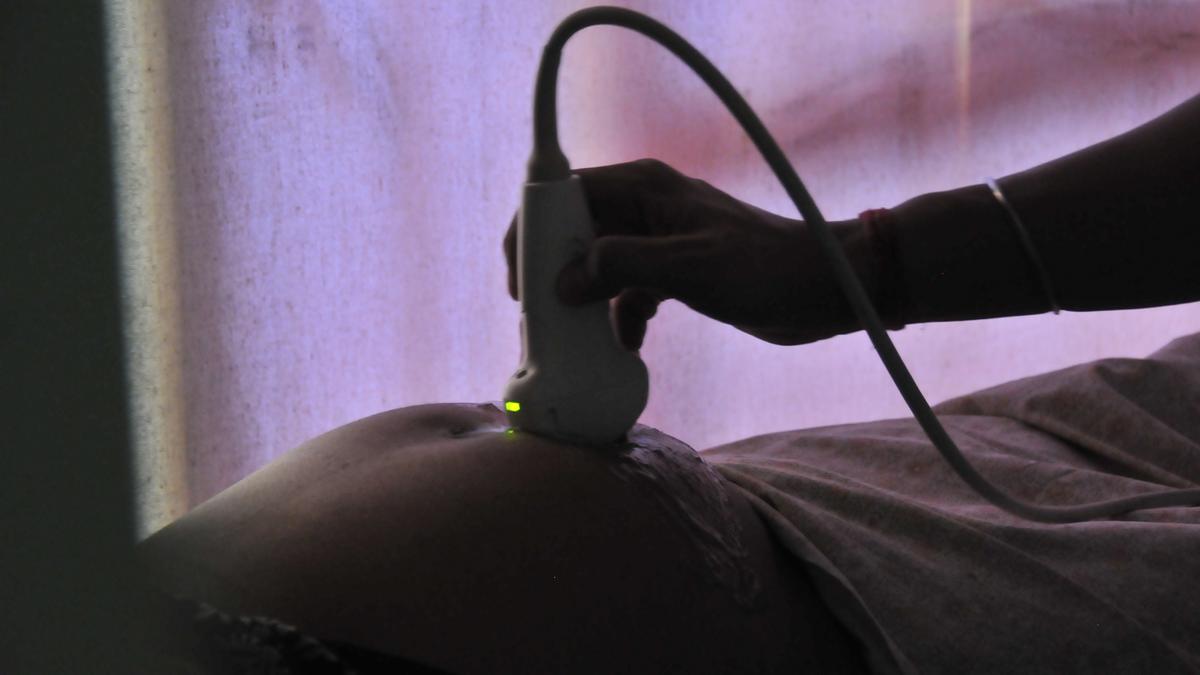Under the winter afternoon sun in the lawns of the century-old Raisina Bengali School on Mandir Marg, a group of 70-year-old men and women, wrapped in jackets, sat in a circle sharing rolls, pizzas, and Kolkata-style biryani. “It has been decades, but it feels like yesterday,” said Rathin Das, a retired journalist, with a smile.
He is one of the alumni from the 1971 batch, who has gathered to celebrate the school’s three-day centenary celebrations that began on Thursday. He is not alone, the school is hosting all its former students on its campus till Saturday.
For Das, the campus wasn’t just a setting, it was a time capsule of cricket games being played at unlikely places, a strict principal, and a sense of belonging that time had only deepened with the passing of time.
The school, established in 1925, owes its inception to the Bengali community in Mandir Marg, who sought to meet the educational needs of their children after the British Indian capital shifted from Kolkata to Delhi in 1911.
Originally a middle school with 57 students and one teacher, it began on the premises of what is now Dr Ram Manohar Lohia Hospital, then known as Willingdon Hospital. Over the years, it moved twice before settling at its current location on Mandir Marg in 1932.
The school is a striking example of colonial-era architecture. Painted in a warm shade of yellow, the structure is adorned with tall white columns that frame the main entrance. The symmetrical facade also features arched doorways and windows.
“Back then, the school didn’t even have a 12th grade. It only taught up to Class 11,” reminisced Das, who has traveled from Ahmedabad. As he exchanged laughs with his classmate Shankar Ghosh, trying to recall when exactly co-education was introduced in the school, he said, “A lot of memories here.”
Gesturing at the school lawn, Sushant Basu, a former additional director at the Municipal Corporation of Delhi, said: “When we joined, even the primary block had not been built. Classes 1 to 5 were held in tents right here on the lawn. There was also a massive toilet compound where we used to play cricket.”
 Alumni at Raisina Bengali School on Mandir Marg. Abhinav Saha/Express
Alumni at Raisina Bengali School on Mandir Marg. Abhinav Saha/Express
“We even played hand tennis there,” Ghosh added.
For Basu, who joined the school in Class 3, Raisina Bengali School was more than an alma mater – it was a family tradition. “My father and three uncles studied here. You can imagine how special this place is to me.”
“Initially only Bengali-speaking students were taught here, though the medium of education was English. Bengali was a compulsory subject… By the time we graduated, the school had around 750 students, and academically, its results were excellent,” he added.
Noting the cultural significance of the institution, another alumnus, Surajit Roy, said, “When the capital moved to Delhi, many government servants, including Bengalis, relocated here. Luminaries like Rabindranath Tagore have visited this school. There aren’t many institutions in this country that are over a hundred years old and still thriving. That’s the uniqueness of Raisina Bengali School.”
Chandrima Basak, who had joined the school as a teacher in 1996 and is now the principal, reflected on its evolution. “Initially, the school catered mainly to the elite Bengali community. Today, we take pride in being inclusive, welcoming students from diverse backgrounds.”
The centenary celebrations were a vibrant affair. The campus, decked in colourful decorations, hosted exhibitions and cultural performances by students and staff. For the alumni, the day was about rekindling old friendships and revisiting the past.
Ashish Kumar Mandal, a former director of Safdarjung Hospital, captured the spirit of the reunion. “We were all something at one point, but now we are all the same. What you are now, live in the moment. That is life – be happy.”
The laughter was infectious as the group teased each other about their school days. “None of us were toppers except for Prateek Choudhary, our senior who graduated from the school in 1969,” Basu said, referring to the former chairman of SBI, who sat munching on a pizza.
The memories flowed freely, from the strict discipline enforced by their principal to the camaraderie that saw them through. “Our principal was terrifying. He never let us bunk classes,” said Amit Bhattacharya.
“Some students tried sneaking off to Connaught Place, but they were always caught… The discipline made us successful in life,” added Chanchal Das Sharma.
While the alumni shared a collective sense of gratitude for the school that had shaped them, the gathering also was a reminder of the enduring bonds forged within the school’s walls. “We meet at least twice a year,” Bhattacharya said. “Sometimes here, with special permission, and sometimes outside.”
Discover the Benefits of Our Subscription!
Stay informed with access to our award-winning journalism.
Avoid misinformation with trusted, accurate reporting.
Make smarter decisions with insights that matter.
Choose your subscription package




Leave a Comment